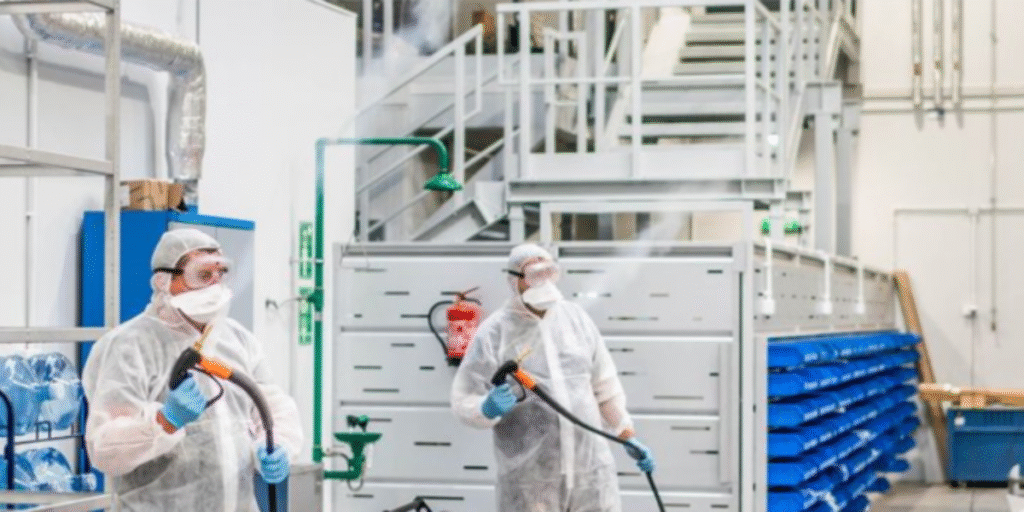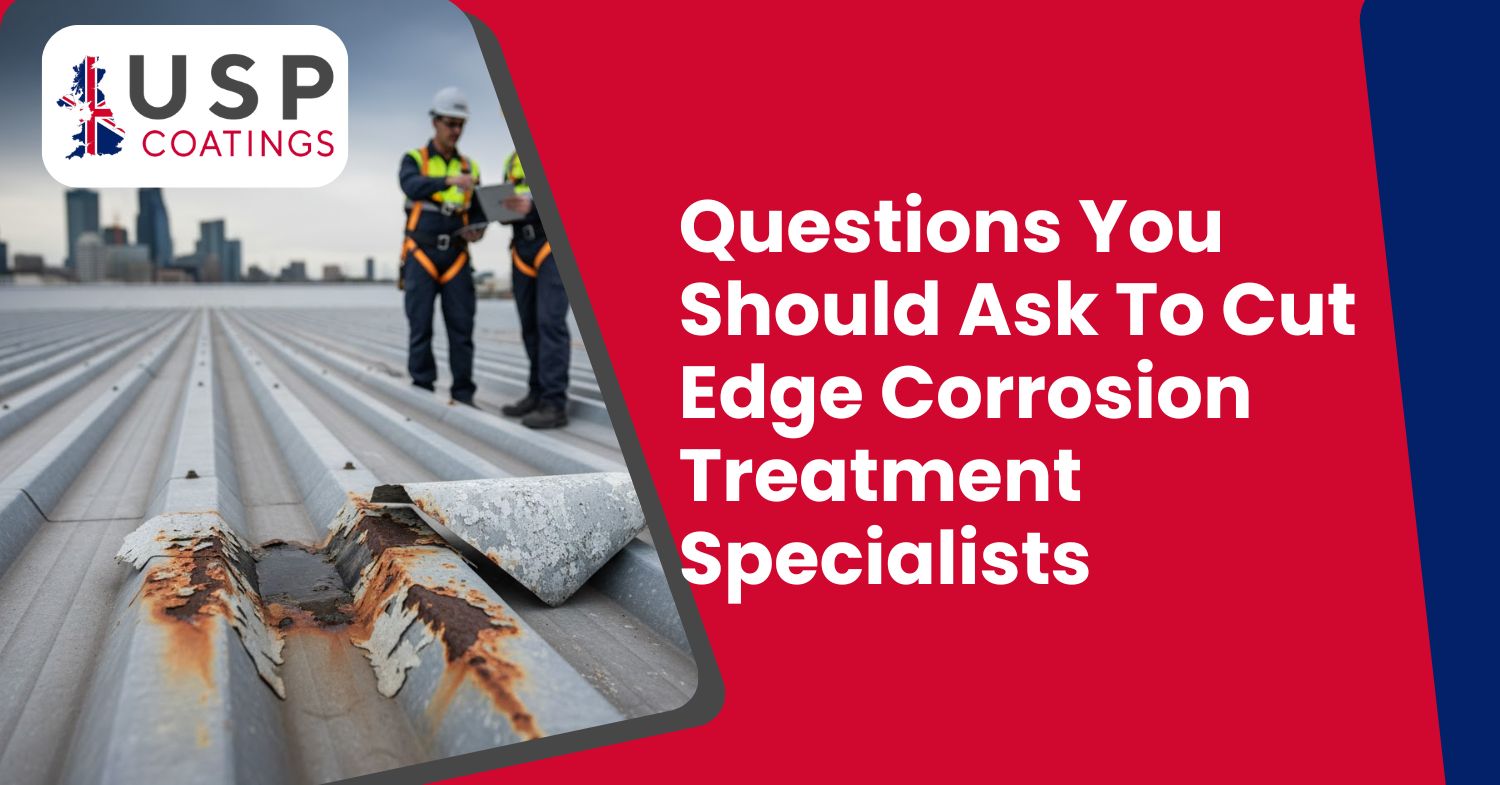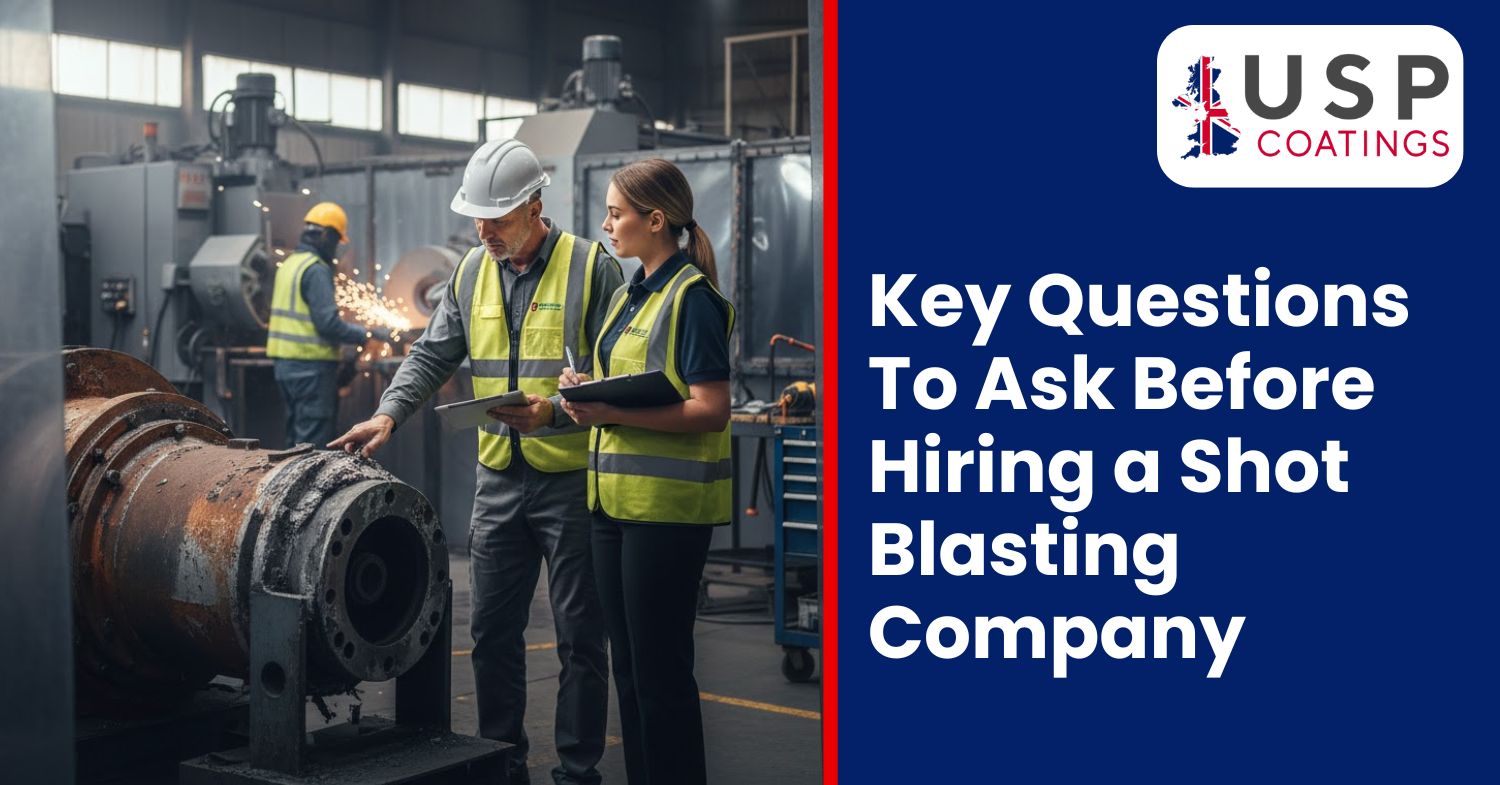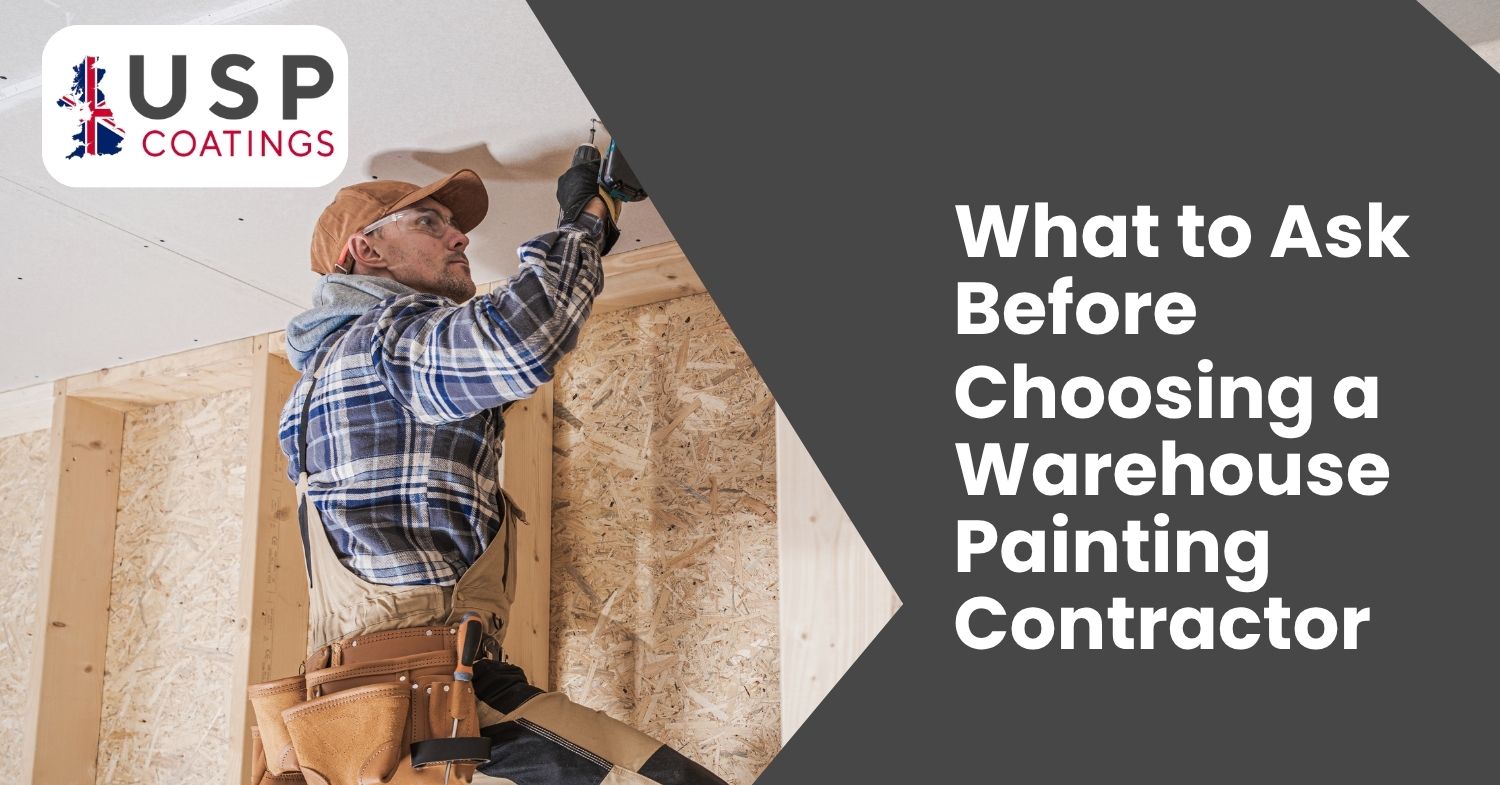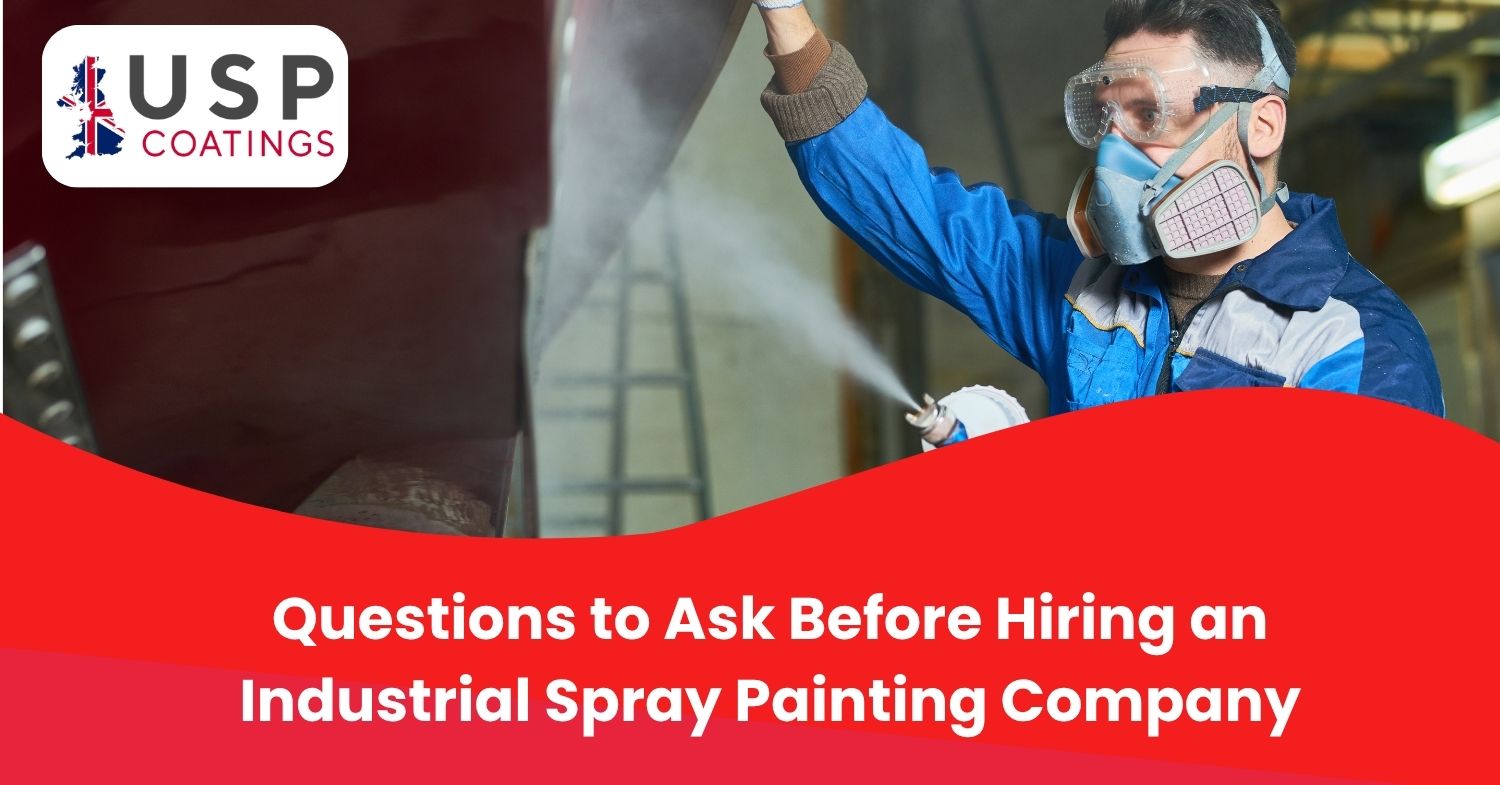Modern manufacturers must balance precision, productivity, and quality. Traditional off-site painting introduces delays, handling risks, and hidden costs that erode efficiency. Embracing Factory Spraying Services within the plant changes that dynamic. These systems include modular spray booths with filtration, climate controls, and professional coating tools. Paint applications occur right at the work cell, reducing downtime, cutting logistics expense, and preserving finish quality under controlled conditions. The result is a streamlined production flow that enhances throughput, protects margins, and delivers stunning, consistent coatings that support brand excellence.
Streamlined Workflow and Real Cost Reductions
Bringing painting in-house removes the need to schedule transport, align with external schedules, or risk damage during shipping. Components flow directly into spray booths as part of the production sequence, making coating just another seamless phase. This shift drives:
- Elimination of transport and handling fees
- Lower risk of scratches, dents, or theft
- Dynamic on-demand scheduling tied to production outputs
Instead of batching items for external delivery, parts receive paint and return to assembly without interruption. This keeps production lean and adaptable, turning previously waiting areas into value-added stages. The integrated setup supports faster cycles and better resource allocation, and those operational improvements compound into stronger margins over time.
Superior Quality Through Real-Time Control
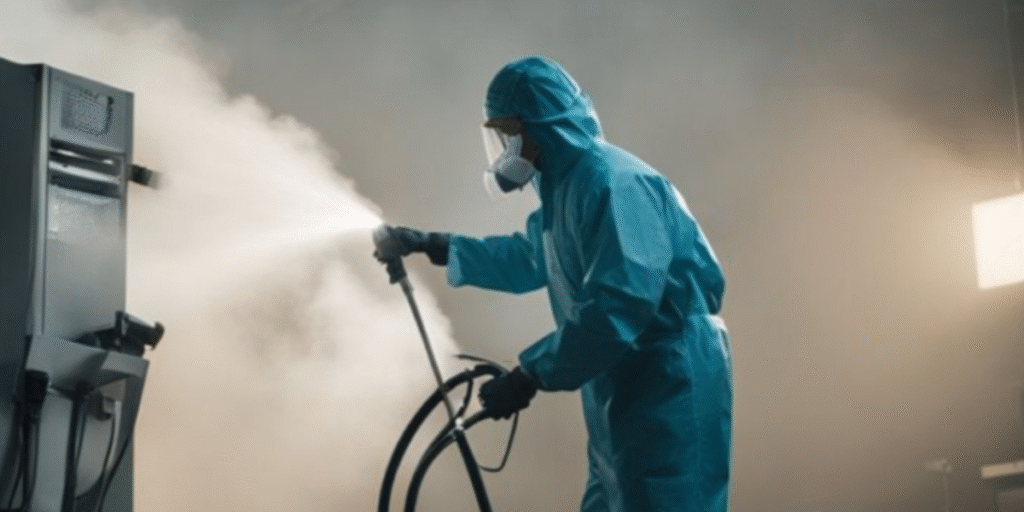
On-site booths don’t just paint components — they elevate finish standards. Technicians use real-time monitoring to regulate booth temperature, airflow, paint viscosity, and gun pressure. Each curve, edge, or recess receives exact coverage. Minor defects get polished immediately, and nothing leaves the booth without passing a showroom-level finish test. This approach eliminates costly callbacks, enhances client trust, and ensures every product reflects a visibly superior brand outcome.
Quality Ahead of Delivery
In modern on-site factory spraying systems, quality control begins before the paint even dries. Sensors embedded in spray booths continuously monitor gloss uniformity, drying rates, and coating thickness. Technicians inspect each panel closely—frame by frame—making real-time adjustments to correct any spray inconsistencies. This proactive approach ensures every surface meets high-precision standards well before the product ever leaves the factory floor.
Cleaner Workspaces and Environmental Responsibility
Industrial painting often creates overspray, dust, and fumes that linger in the workspace. On-site booths incorporate advanced filtration, air exchange systems, and containment to guard air quality. Personnel work in cleaner environments with fewer airborne contaminants. Using low-VOC and waterborne coatings supports both worker health and emissions compliance. Cleanup is simplified and eco-friendly—spray residue goes directly into filtered tanks instead of settling on floors and equipment.
Boosted Production Capacity and Responsiveness
When coating is performed on-site, parts are painted and returned to assembly within hours, not days. That agility removes waiting time in production paths, enabling rapid response to customer demands or priority orders. The ability to rework damaged parts immediately sustains process flow. Sales teams gain confidence knowing lead times stay smooth regardless of surface finish requirements. Quicker delivery increases client satisfaction and opens opportunities for expedited projects and premium pricing.
Environmental Compliance and Safety
Industrial coatings face strict environmental and health regulations. On-site systems meet legal standards by using filtered booths, quality controls, and approved coating chemicals. Low-VOC and solvent-efficient formulae comply with air quality limits. Equipment includes spill capture, solvent recycling, and safe waste protocols. The result is a production facility that remains clean, safe, and legally aligned—all without outsourcing industry-critical painting steps.
Long-Term Financial and Brand Benefits
On-site spray programs require initial investment, but returns accrue steadily. Savings on transport, damage, and rework improve debt efficiency. Shops can upsell premium finishes like rust-proof coatings or textured finishes—all applied at source. Over time, improved delivery rates, fewer defects, and enhanced reputations increase markups and support repeat business.
- Reduced overhead through integrated labor
- Higher margins on coated products
- Minimized after-sales maintenance costs
Each repainted piece builds brand value, delivering a stronger impression at end-use and limiting liability risks
Adaptable to Diverse Manufacturing Needs
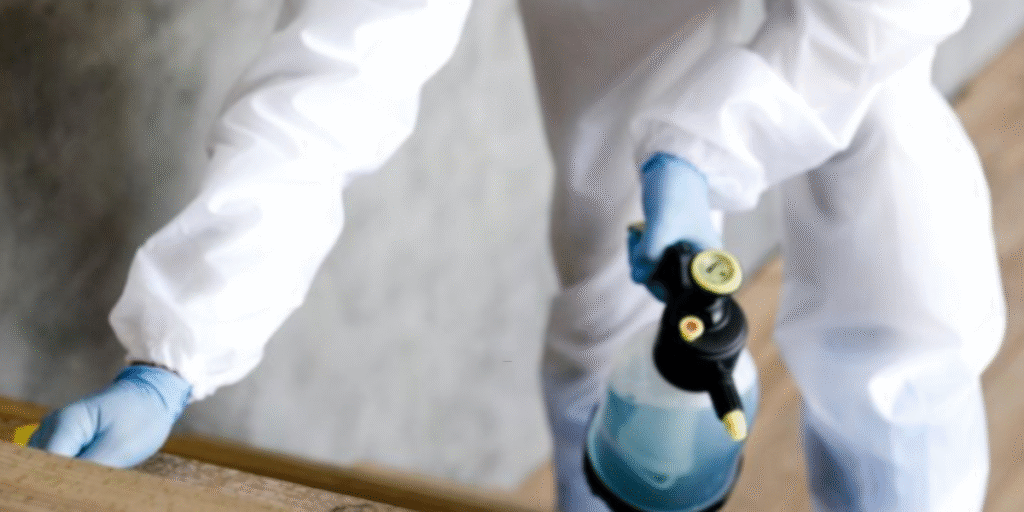
On-site spray systems aren’t limited to one industry. They apply to:
- Heavy machinery frames
- Structural steel supports
- Agricultural and earth-moving attachment
- Precision components in electronics or aerospace
Customized booths adapt to part size, paint coating needs, and throughput demands. This flexibility makes on-site spraying a powerful tool across manufacturing sectors where surface finish matters—for protection, aesthetics, or brand ranking.
Operational Excellence: Best-Practice Protocols
Maintaining booth performance requires structured procedures. Firms adopt weekly filter inspections, monthly booth airflow tests, and paint gun calibration schedules. Operators receive quarterly training on application technique and environmental safety. This level of rigor sustains finish quality and ensures booth uptime. Combined with real-time documentation, it ensures accountability across production and maintains consistency, even in high-volume operations.
- Weekly airflow and filter maintenance
- Monthly calibration of spray systems
- Quarterly skills refresh for operators
Proactive maintenance keeps booths ready and effective, preventing unexpected halts and protecting coating quality.
Environmental Stewardship and Corporate Responsibility
Today’s buyers expect sustainable ecosystems even in manufacturing. Factory booths collecting overspray and used solvents in closed cycles show corporate care. Using waterborne or low-VOC coatings further reduces the environmental footprint. For suppliers to major OEMs, this aligns with ESG reporting and responsible manufacturing mandates.
Final Thoughts
Adopting Factory Spraying Services on-site signals a shift from fragmented to optimized production. It eliminates logistical friction, enhances quality at speed, and sustains a safer, more compliant workplace. The ripple effects include faster delivery, elevated brand value, and improved profit lines through premium finishes and lower operating costs.
In competitive marketplaces, facilities equipped with on-site spray booths stand out, not just on product quality but on reliability and environmental accountability. Sales teams gain powerful narrative, maintenance crews work cleanly, and accountants record improved margins. It’s a strategic advantage worth seizing—outpacing peers without sacrificing precision.
FAQs
Is setting up an on-site spray painting complex?
No, modular spray booths designed for factory environments install quickly. They plug into standard power and airflow setups.
How is paint consistency maintained between items?
Technicians use standardized coatings and calibration routines to ensure uniform results across batches.
Are on-site booths safe for workers?
Yes, booths include filtration, PPE requirements, and extraction systems to minimize risk.
Does the system comply with regulations?
Low-VOC coatings and filtered emissions support full environmental compliance.
Which industries should use on-site spraying?
Heavy machinery, structural steel, aerospace, and large-scale fabrication all benefit from integrated spray systems.
